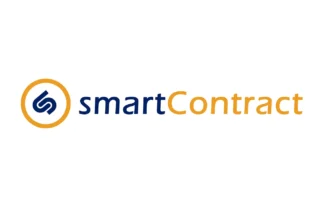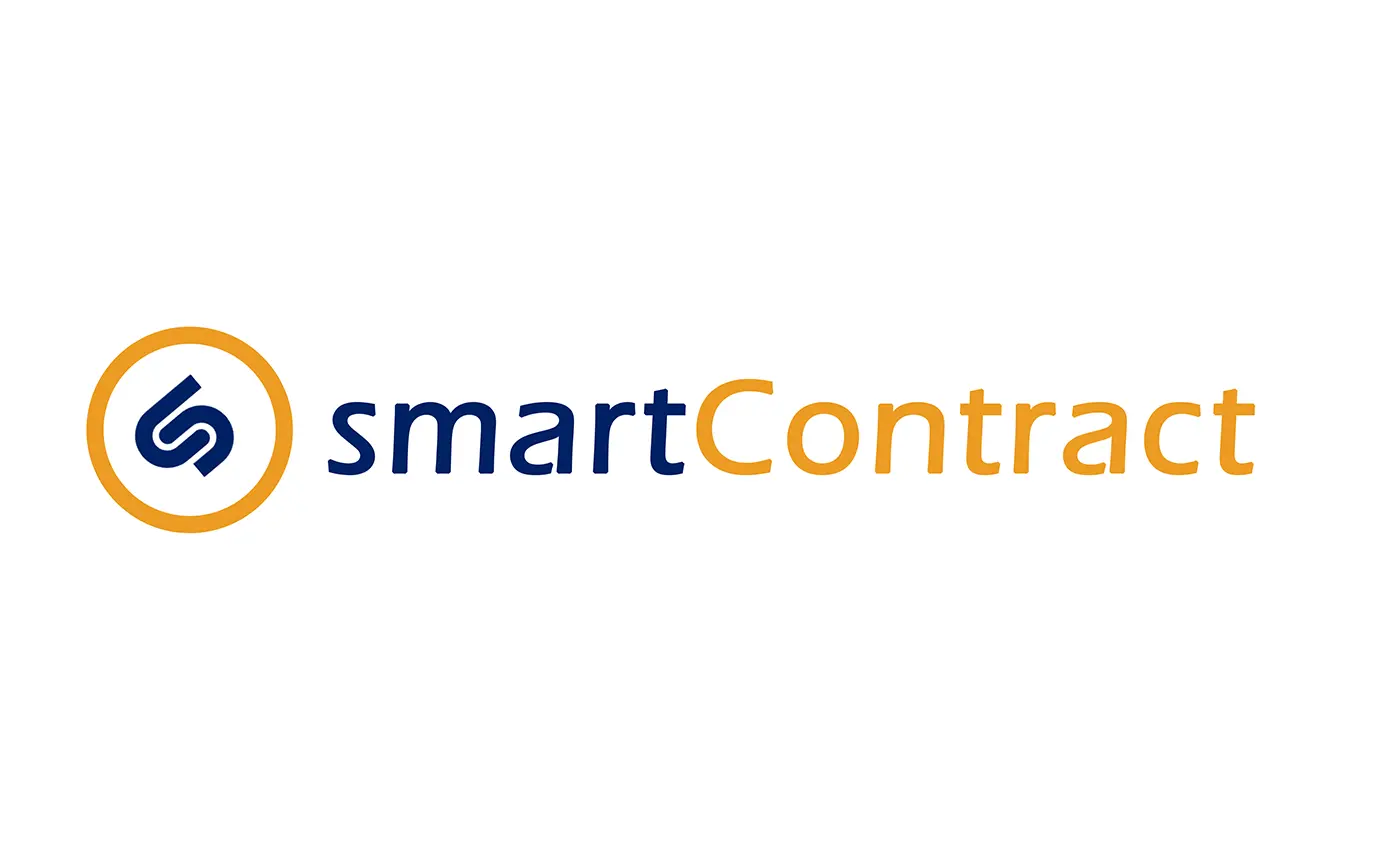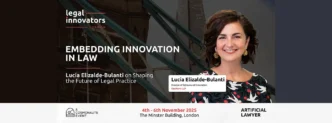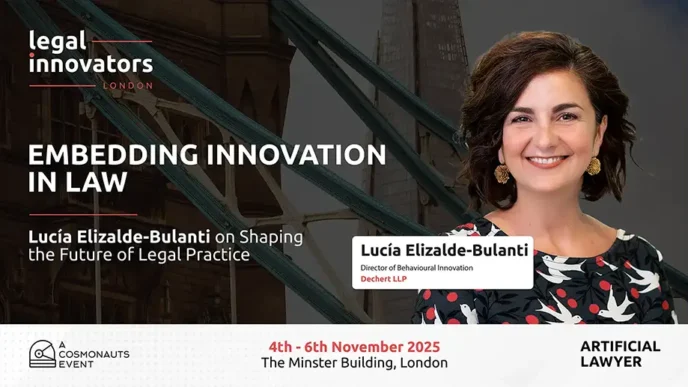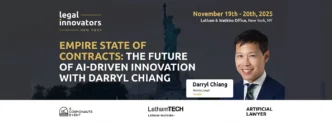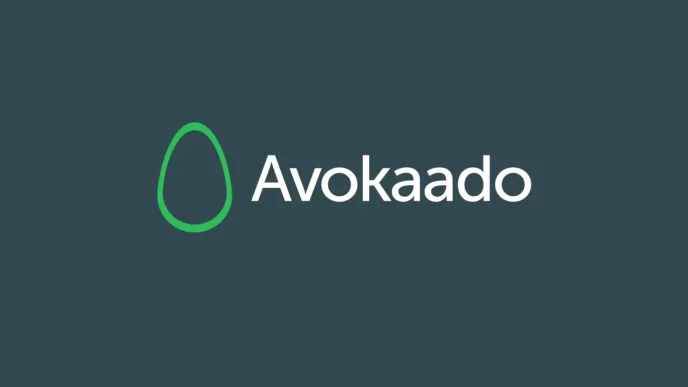Contract management isn’t glamorous. Most of the time, legal professionals are digging through once-organized folders that have devolved into chaos. But what if there was a way out of ‘survival mode’? That is where smartContract CLM, developed by Amit Garg and his team, comes in.
Built to reduce chaos, smartContract CLM is a system that understands that legal work happens in real-time, under pressure, and across departments. If you’ve ever lost track of an approval thread, chased down the latest version of a redline, or faced the existential dread of a renewal deadline that flew under the radar, this one’s for you.
We took a closer look at what smartContract CLM offers and got in touch with its team to understand how this lean, modular platform is carving out its space in the increasingly competitive CLM landscape.
Plenty of contract platforms are designed to be “scalable” or “AI-powered,” but smartContract CLM really delivers on this promise. It’s designed to flex around your organization (not the other way around) and offers end-to-end visibility across the contract lifecycle, while keeping both legal and business teams in sync.
Templates and smart clause libraries mean you can standardize drafting while still giving teams room to move. With role-based approvals, automated alerts and negotiation tracking all baked in. But the real charm, of course, lawyers: you can launch straight from Word. smartContract CLM integrates directly into Microsoft Word, making clause insertion, risk tagging, and version comparisons available right where most legal professionals are still doing their work.
We asked the smartContract CLM team totell us more about the Word Add-in and why they felt it was important to meet legal professionals in their native environment, as well as what benefits have they have seen from this approach. The team at smartContract CLM explained that “Most legal professionals spend their day in Microsoft Word, drafting, reviewing, and redlining contracts, so asking them to move to a new system often creates resistance and slows adoption. That is why we built the Word Add-in for smartContract CLM. It allows legal professionals to keep working in the environment they are most comfortable with while still tapping into the automation, version control, and data visibility of a CLM. The result is faster adoption, fewer versioning errors, no endless back and forth over email, and a seamless bridge between how legal professionals prefer to work and how businesses need contracts to flow.”
AI That Empowers Smarter Decisions
smartContract CLM’s “My Contract Assistant” isn’t just another buzzword generator. It provides practical support by flagging clause deviations, summarizing key terms, identifying missing sections based on your playbooks, and answering interactive Q&A prompts about a contract’s contents.
What stood out to us was how AI is used to improve legal professionals’ judgment without trying to replace it. It doesn’t pretend to know better; it just makes it easier to know faster.
With this in mind, we asked the smartContract CLM teamhow they think about the role of AI in contract analysis, especially in helping junior legal professionals or business users navigate complexity without over-relying on automation. Their philosophy is that “AI in contract analysis should act as an assistant, not a replacement”. The team explained that “[AI] can help junior legal professionals and business users by highlighting risks, suggesting clauses, and simplifying complex language, but the final judgment still rests with human expertise. The goal is to speed up understanding and reduce errors while ensuring critical thinking and context remain with the professional. With smartContract CLM, the proficiency of junior legal professionals does not affect the quality of reviews, since standards are predefined in the system through clause playbooks. The system can provide a first cut review aligned to organizational guidelines, which allows even less experienced users to deliver consistency and quality while legal experts focus on higher value work.”
The Invisible Admin Work That Gets Done
To us, smartContract CLM’s strength lies in its operational awareness. From digital signatures (integrated with Docusign, Adobe, HelloSign, and even Aadhar eSign for India) to audit trails and escalation workflows, it reduces the administrative burden on legal teams without asking users to invest substantial time to learn an entirely new system.
And let’s not forget the dashboards: real-time visibility into obligations, cycle times, and contract health, all with a clean UI designed for clarity and ease.
The smartContract CLM team walked us through how their dashboard insights have helped clients uncover blind spots or drive better decision-making. The results were quite impressive – their dashboard insights have “helped clients spot issues they didn’t know existed” and one client “uncovered revenue leakage from unnoticed auto-renewals” while another “realized most delays were happening in finance reviews, not legal drafting”. In this way, “by turning contracts into real-time intelligence, the dashboard gives teams the clarity to fix bottlenecks and make faster, smarter decisions.”
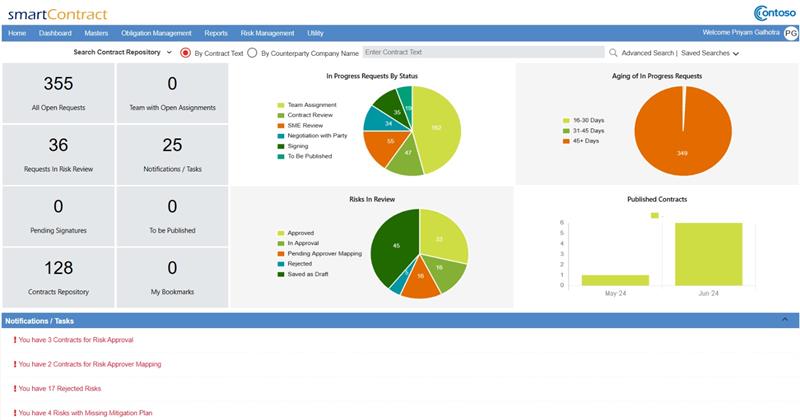
Designed and Built for Legal
One of the platform’s best features is its smart clause playbook, a living guide embedded into the drafting and negotiation process. Rather than just suggesting clauses, it learns what’s acceptable to your organization, so the AI isn’t guessing, but rather executing.
And with a central repository, version control, and structured obligation tracking, smartContract CLM helps legal professionals to sign contracts faster, but more importantly, it helps legal professionals to engage with contracts and ‘keep them alive’ so to speak.
Given the unique features of smartContract CLM, we asked the team what has been the most unexpected way a customer has used the clause playbook or structured obligation tracking, and whether they have used any of this customer feedback to amend/add to the tool.
According to the smartContract CLM team “one of the most unexpected uses we saw was a client’s procurement team using the clause playbook not just for negotiation, but as a training tool for new team members. It became their quick reference guide to understand acceptable terms and fallback positions without needing constant legal oversight. Similarly, with structured obligation tracking, a finance team started using it to monitor vendor performance on SLAs, something they had not initially planned for. Feedback like this has shaped our roadmap, and we have added more flexibility to customize playbooks and expanded obligation tracking fields so different departments, not just legal, can adapt the tool to their workflows.”
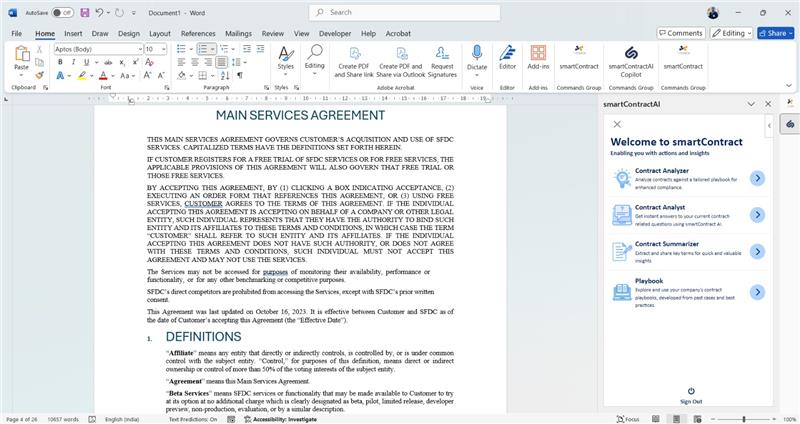
Lean, Focused, and Actually Useful
As the legal tech industry continues to grow, with no shortage of contract management tools, it’s difficult to stand out. Many legal professionals are looking for something that doesn’t try to be them, but allows them to elevate their practice in a seamlessly helpful way. We appreciate that smartContract CLM feels like a quiet engineer in the background, filling in the gaps and restoring order while you focus on what matters.
It might not shout, but it definitely delivers.
So, if your legal team is looking for something tailored, practical, and well-engineered to grow with your business (not get in the way of it), smartContract CLM deserves a closer look.



